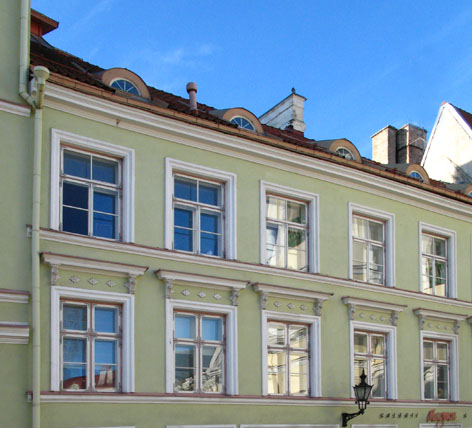|
Those undertaking the renovation of historical buildings are frequently faced with the challenge of how to improve the thermal insulation levels of old structures effectively yet elegantly. To date there has been no method available which offers a technically satisfactory solution to this problem without noticeably changing the appearance of the historic building. Now, however, researchers from Empa’s Building Technologies Laboratory, working in cooperation with a leading manufacturer of building materials, have developed an aerogel-based high performance insulating render which will undergo field trials next year and is expected to be commercially available by 2013. Thanks to its mineral basis, the new render is both optically and in application very similar to the original historical building materials, and this makes it ideal for use on old buildings – on internal as well as external surfaces.
|


